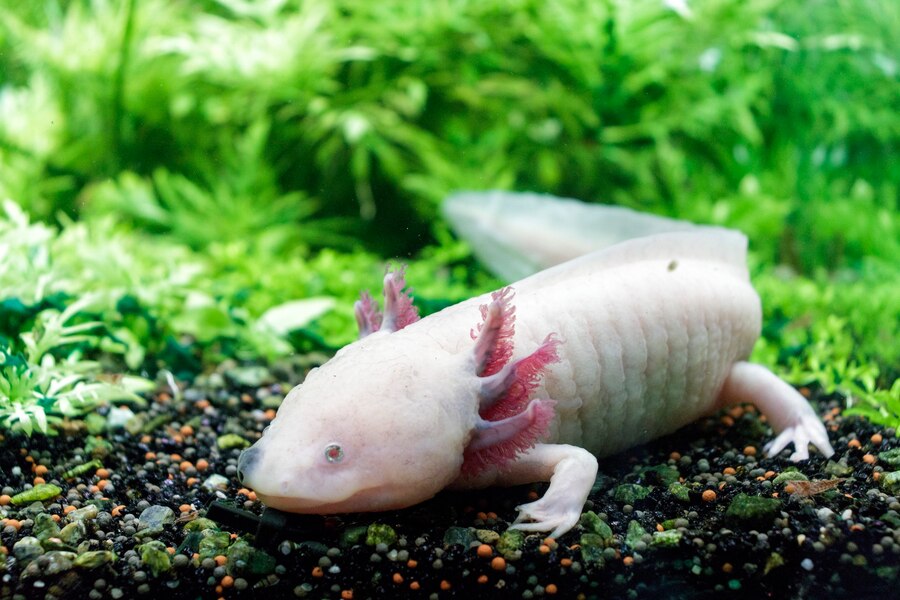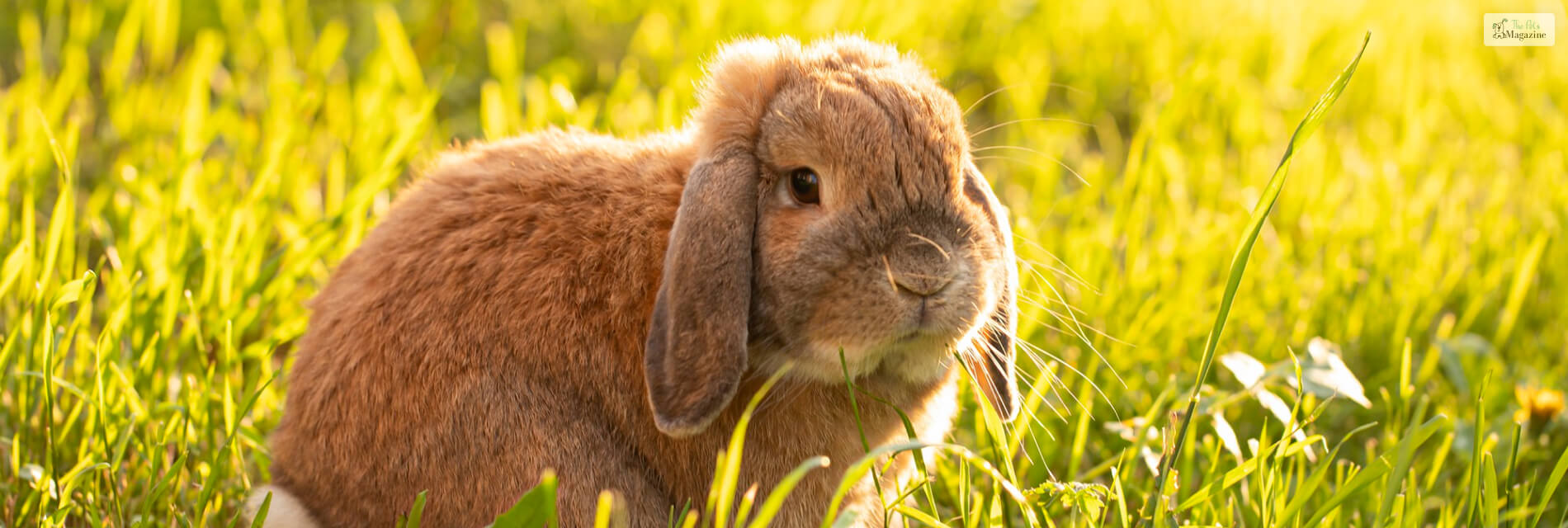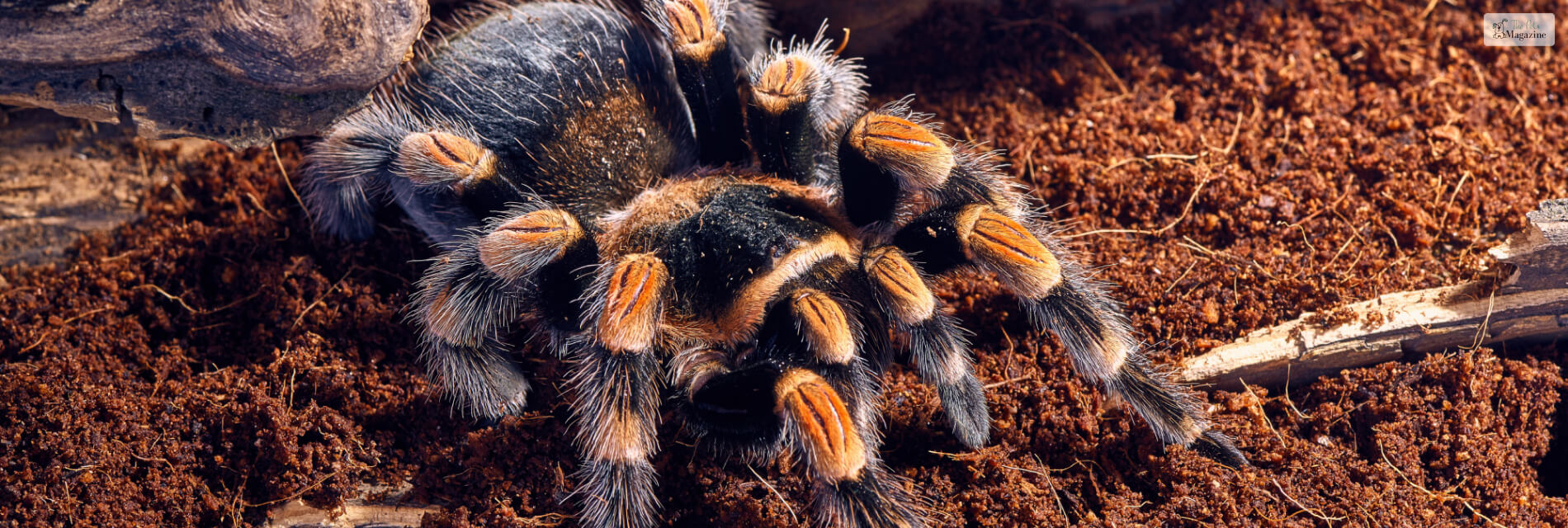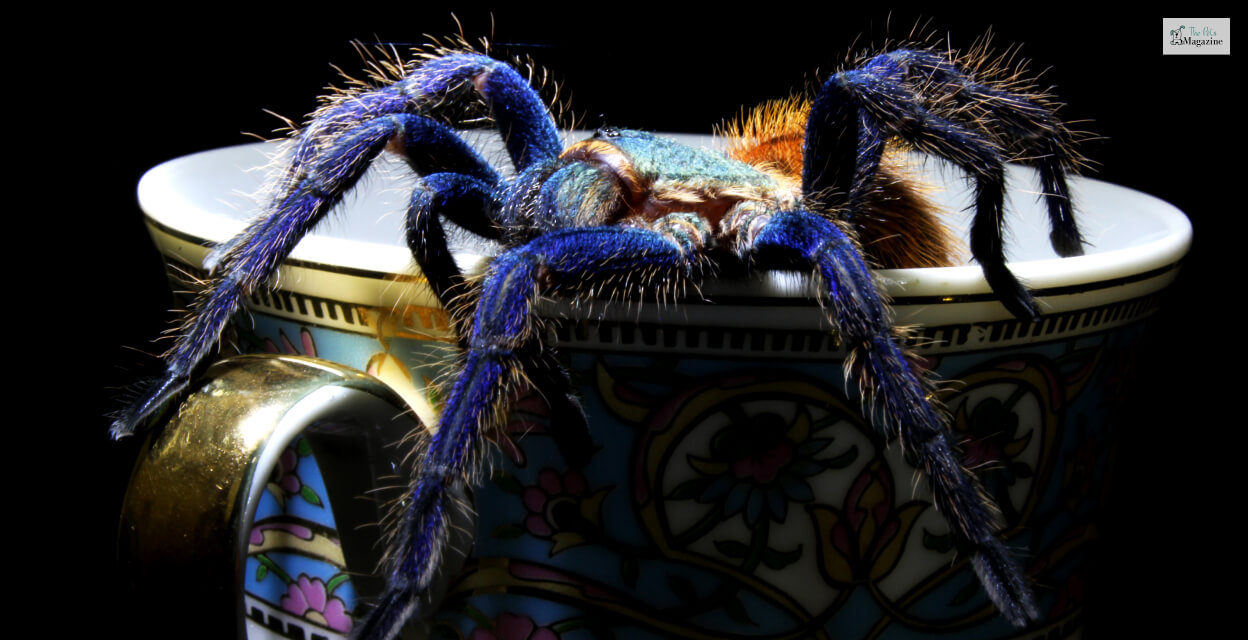Keeping Axolotl As A Pet: Guide To Axolotl Care And Keeping


Welcome to the guide on keeping Axolotl as a pet! Axolotls, or Mexican walking fish or salamanders, are captivating aquatic creatures native to Mexico. With their unique appearance and impressive regenerative abilities, axolotls have become increasingly popular as pets in recent years. However, they require specialized care to thrive in captivity.
This comprehensive article will explore every aspect of axolotl care, from setting up the perfect tank environment to providing a well-balanced diet. Whether you’re a first-time axolotl owner or looking to enhance your existing knowledge, this guide will equip you with all the information you need to ensure the health and happiness of your aquatic companions.
Keeping Axolotl As A Pet
Axolotls are fascinating amphibians that make delightful pets for experienced aquarists. Before bringing an axolotl into your home, it’s essential to understand its unique needs and characteristics.
Axolotls require a fully aquatic environment, and contrary to popular belief, they never undergo metamorphosis. Instead, they retain their aquatic larval form throughout their lives. To provide your Axolotl with the best care possible, let’s dive into the essential aspects of keeping Axolotl as a pet:
Habitat Setup: Building The Perfect Home For Your Axolotl
Creating a suitable habitat for your Axolotl is paramount for their well-being and overall health. As a responsible owner, providing a well-designed tank ensures their comfort and observes their fascinating behavior up close, forging a deeper connection with these captivating aquatic creatures.
Tank Size And Design
When it comes to tank size, bigger is undoubtedly better for axolotls. These amphibians are naturally curious and active, requiring ample space to roam and explore. For a single adult axolotl, a tank of at least 20 gallons is the minimum. However, if you genuinely want to provide the best environment for your Axolotl, opting for a larger tank, preferably 30 gallons or even more, is highly recommended.
The tank’s design should prioritize the safety and well-being of your Axolotl. Smooth surfaces are crucial to prevent injuries, as axolotls have delicate skin that can easily get scraped or damaged on rough objects. Moreover, avoid incorporating sharp decorations that could potentially harm your Axolotl.
Creating a stimulating environment with plants, rocks, and hiding spots mimics their natural habitat and enriches your Axolotl. These features not only enhance the aesthetics of the tank but also offer your axolotl opportunities to engage in natural behaviors.
Water Quality And Filtration
Maintaining pristine water quality is paramount to the health and happiness of your Axolotl. These aquatic creatures are susceptible to pollutants and toxins, so investing in a high-quality water filter with appropriate mechanical, biological, and chemical filtration is crucial.
Regular water changes are equally important to ensure your Axolotl’s water remains clean and healthy. A partial water change of about 20-25% every one to two weeks is generally recommended. Remember to dechlorinate tap water before adding it to the tank, as chlorine and chloramine can harm your Axolotl.
Monitoring the water parameters regularly using test kits is essential for early detection of water quality issues. Keeping the water conditions stable and within the appropriate temperature range is vital for the well-being of your Axolotl.
Substrate Selection
Choosing the suitable substrate for your Axolotl is more than an aesthetic consideration. A soft substrate, such as sand or fine gravel, is preferred to protect your Axolotl’s sensitive belly. These gentle substrates won’t cause abrasions or injuries, ensuring your Axolotl can move around comfortably.
On the other hand, avoid using small rocks or coarse substrates that your Axolotl could accidentally ingest while foraging for food. Ingesting such materials can lead to digestive issues and other health problems. Choosing the appropriate substrate contributes to the overall health and well-being of your Axolotl, providing them with a safe and comfortable environment.
Temperature And Lighting
Maintaining the right water temperature is crucial for the health of your Axolotl. They prefer cooler water temperatures, ideally ranging from 60°F to 68°F (15°C to 20°C). Using a reliable aquarium heater, you can regulate the water temperature during colder months to ensure it remains within the suitable range.
Regarding lighting, it’s important to consider the natural behavior of axolotls. These creatures are primarily nocturnal, meaning they are more active at night. Bright lights can stress axolotls, so providing low-intensity lighting or utilizing a light with a dimmer function helps create a more natural and calming environment.
By carefully considering these aspects of the habitat setup, you can provide your Axolotl with a comfortable, safe, and enriching environment. A well-designed tank fosters the overall well-being of your Axolotl, allowing them to thrive and display their unique behaviors for you to enjoy and appreciate.
Feeding Your Axolotl: Providing A Nutritious Diet
A well-balanced diet is essential for the health and vitality of your Axolotl. In their natural habitat, axolotls are carnivorous, primarily feeding on insects, small fish, and crustaceans. To replicate their diet in captivity, consider the following:
High-Quality Pellets
Commercial axolotl pellets are formulated to meet their dietary needs. Look for pellets designed for axolotls and avoid those intended for other aquatic species.
Live And Frozen Foods
Enhance your Axolotl diet with live or frozen foods like bloodworms, brine shrimp, and daphnia. These provide essential nutrients and mimic their natural prey.
Feeding Schedule
Feed adult axolotls 2-3 times a week, while juveniles require daily feeding. Be mindful not to overfeed, as excess food can pollute the water.
By providing a nutritious diet, you ensure that your Axolotl remains healthy and active, showcasing its vibrant colors and unique behaviors.
Handling And Interaction: Best Practices For A Happy Axolotl
Axolotls are not like traditional pets that enjoy being handled frequently. They have delicate skin and can easily become stressed by excessive handling. However, some interaction is possible with care:
Minimize Handling
Limit handling to essential maintenance tasks like tank cleaning or health checks. Always use wet hands or a soft, wet net to move your Axolotl gently.
Hand-Feeding
Build trust with your Axolotl by hand-feeding them occasionally. Offer food on a pair of tweezers or your fingertips to encourage positive associations.
Observation
Axolotls are captivating to watch, so observe their natural behaviors without interfering.
Breeding Axolotls: Understanding The Reproductive Process
Breeding axolotls is a fascinating and rewarding endeavor, but it requires careful preparation and monitoring to ensure successful outcomes. Understanding the reproductive process of axolotls is essential for promoting successful breeding and ensuring the health and well-being of the parent axolotls and their offspring.
Sexual Maturity
Axolotls typically reach sexual maturity between 12 to 18 months of age, but this can vary based on their growth rates and environmental factors. Before considering breeding, it’s crucial to ensure that male and female axolotls are healthy and fully grown.
A mature male axolotl will develop noticeably swollen cloacae and may exhibit courtship behaviors such as nipping at the female’s tail. On the other hand, a mature female axolotl will have a wider body and a more significant distance between the cloaca and the vent. Once you observe these signs of sexual maturity, you can begin preparing for the breeding process.
Temperature And Conditions
It’s essential to create the right conditions in their habitat to encourage breeding behavior in Axolotls. Lower the water temperature to around 60°F (15°C) to simulate their natural breeding season, typically during cooler months. The temperature drop signals to the axolotls that it’s time to breed.
Additionally, provide ample hiding spots in the tank for the female Axolotl to deposit her eggs. Axolotls prefer laying eggs on submerged surfaces, such as plant leaves or artificial spawning mops. By offering suitable hiding spots, you create a conducive environment for the female Axolotl to lay her eggs safely.
Ensure that the water quality remains pristine during the breeding process, as clean water is essential for the health of both the parent axolotls and their offspring. Regularly monitor the water parameters and perform changes to maintain optimal water conditions.
Conclusion
Keeping axolotls as pets can be an enriching experience, provided you offer them the appropriate care and attention.
Remember to create suitable habitats, provide a nutritious diet, and be mindful of their needs. If you need more assistance, you should read these top 30 Axolotl questions.
With patience and dedication, you can enjoy the company of these extraordinary aquatic creatures for many years to come.
Read Also:








Leave A Comment